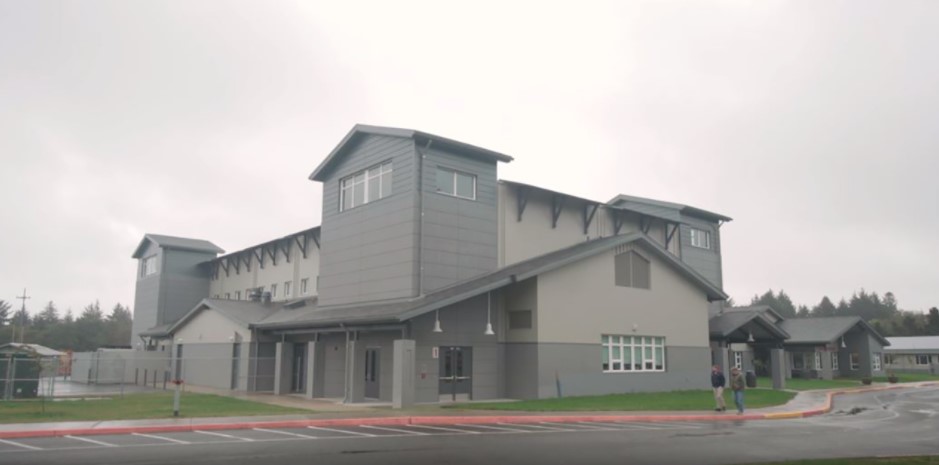by Hannah Hickey and Kim Eckart
September 7, 2021. The National Science Foundation has funded a multi-institutional team led by Oregon State University and the University of Washington to work on increasing resiliency among Pacific Northwest coastal communities.
The new Cascadia Coastlines and Peoples Hazards Research Hub will serve coastal communities in Northern California, Oregon and Washington. The hub’s multidisciplinary approach will span geoscience, social science, public policy and community partnerships.
The Pacific Northwest coastline is at significant risk of earthquakes from the Cascadia Subduction Zone, an offshore fault that stretches more than 600 miles from Cape Mendocino in California to southern British Columbia. The region also faces ongoing risks from coastal erosion, regional flooding and rising seas due to climate change.
The newly established Cascadia CoPes Hub, based at OSU, will increase the capacity of coastal communities to adapt through community engagement and co-production of research, and by training a new generation of coastal hazards scientists and leaders from currently underrepresented communities.
The initial award is for $7.2 million over the first two years, with the bulk split between OSU and the UW. The total award, subject to renewals, is $18.9 million over five years.
“This issue requires a regional approach,” said co-principal investigator Ann Bostrom, a UW Evans School professor of public policy and governance. “This new research hub has the potential to achieve significant advances across the hazard sciences — from the understanding of governance systems, to having a four-dimensional understanding of Cascadia faults and how they work, and better understanding the changing risks of compound fluvial-coastal flooding, to new ways of engaging with communities to co-produce research that will be useful for coastal planning and decisions in our region. There are a lot of aspects built into this project that have us all excited.”
The community collaborations, engagement and outreach will focus on five areas: Humboldt County, California; greater Coos Bay, Oregon; Newport to Astoria, Oregon; Tokeland to Taholah, Washington; and from Everett to Bellingham, Washington.
